Getting the right propeller for your Outboard
Prop Advice
Propeller selection is very important in the performance of your boat. Acceleration, speed, fuel efficiency, stability and engine RPM all are affected by the propeller selected. Operating requirements and conditions will also affect which design, style and pitch of propeller you may choose to meet your individual needs. The boat and engine combination may have already been tested by your dealer or the boat manufacturer for the appropriate propeller size. Your Suzuki Dealer can assist you with the process to determine the correct propeller for your application.

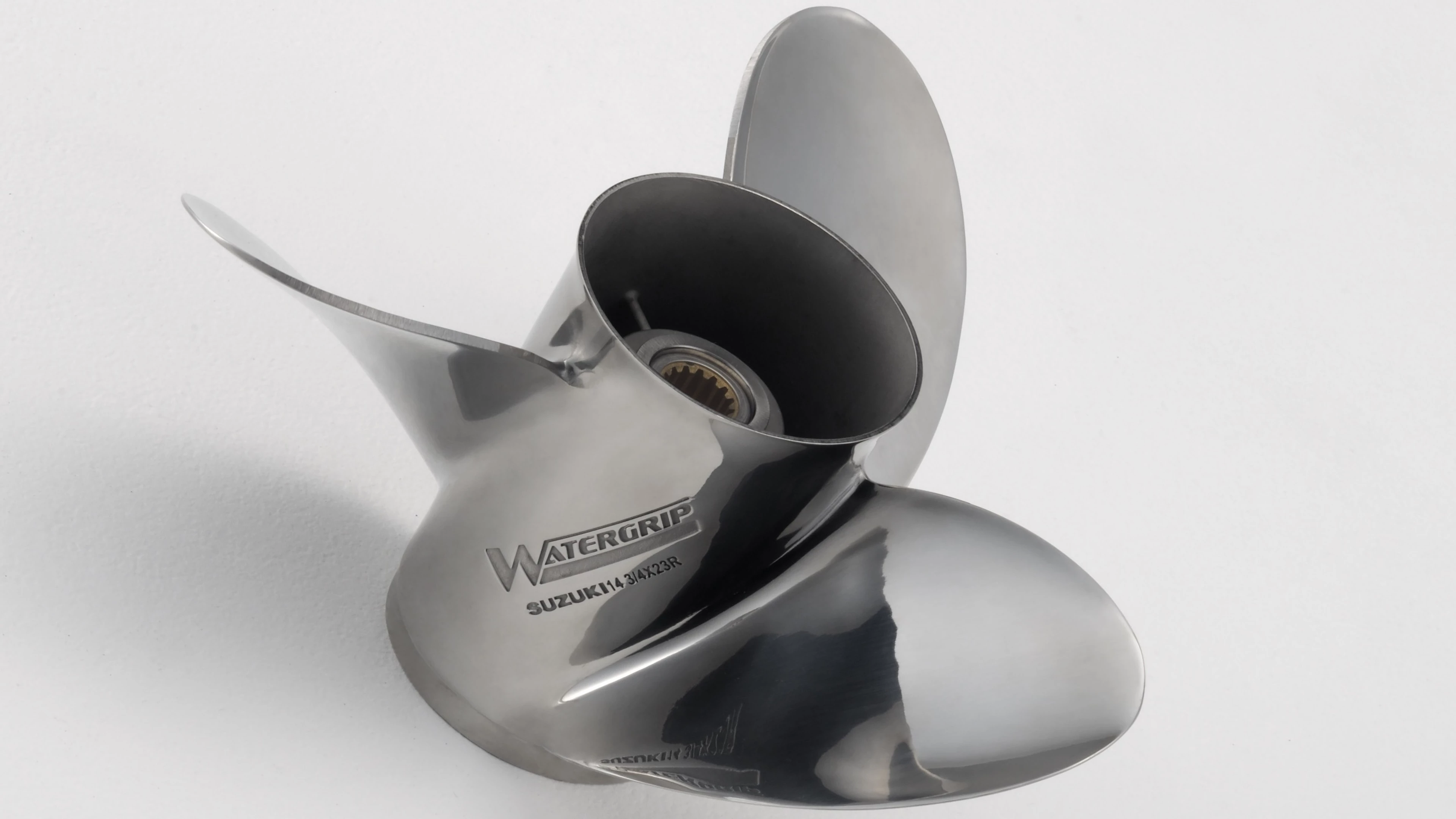
Watergrip | The New Suzuki Standard
Suzuki Watergrip Propeller Range
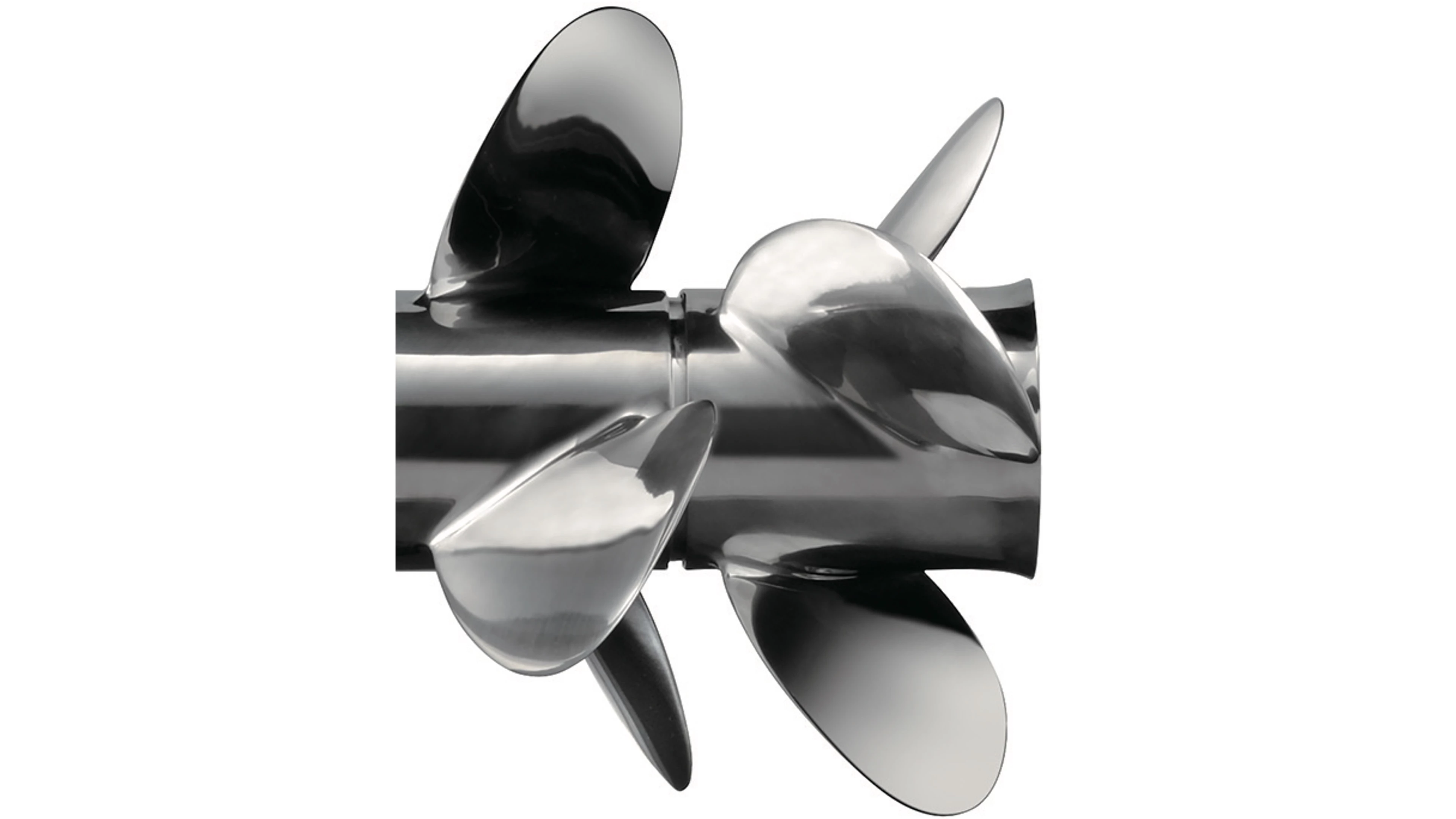
Watergrip | Dual
Suzuki Watergrip Propeller Range
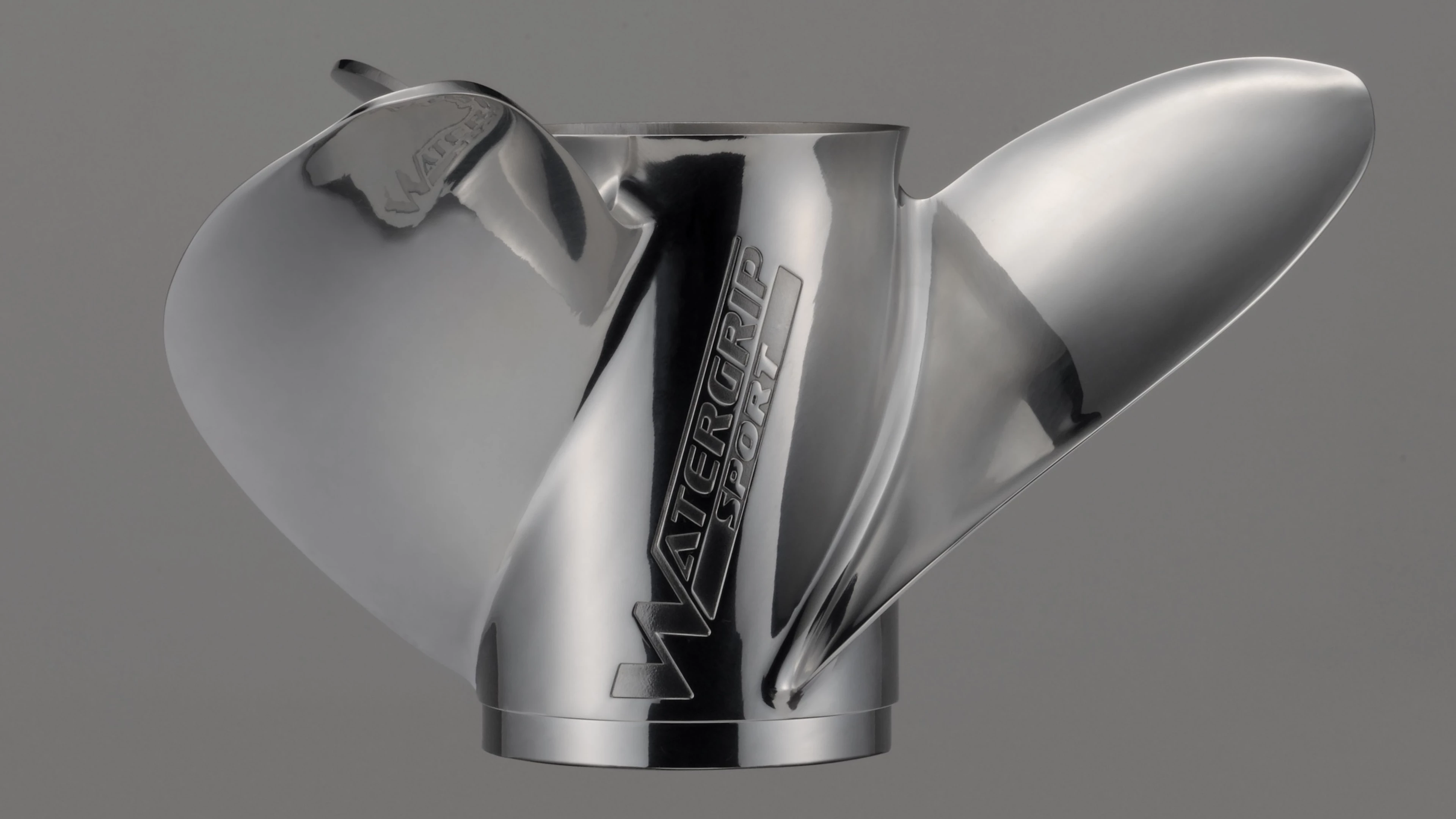
Watergrip | Sport
Suzuki Watergrip Propeller Range
Propeller Maintenance Video - Performance Range (40HP - 300HP)
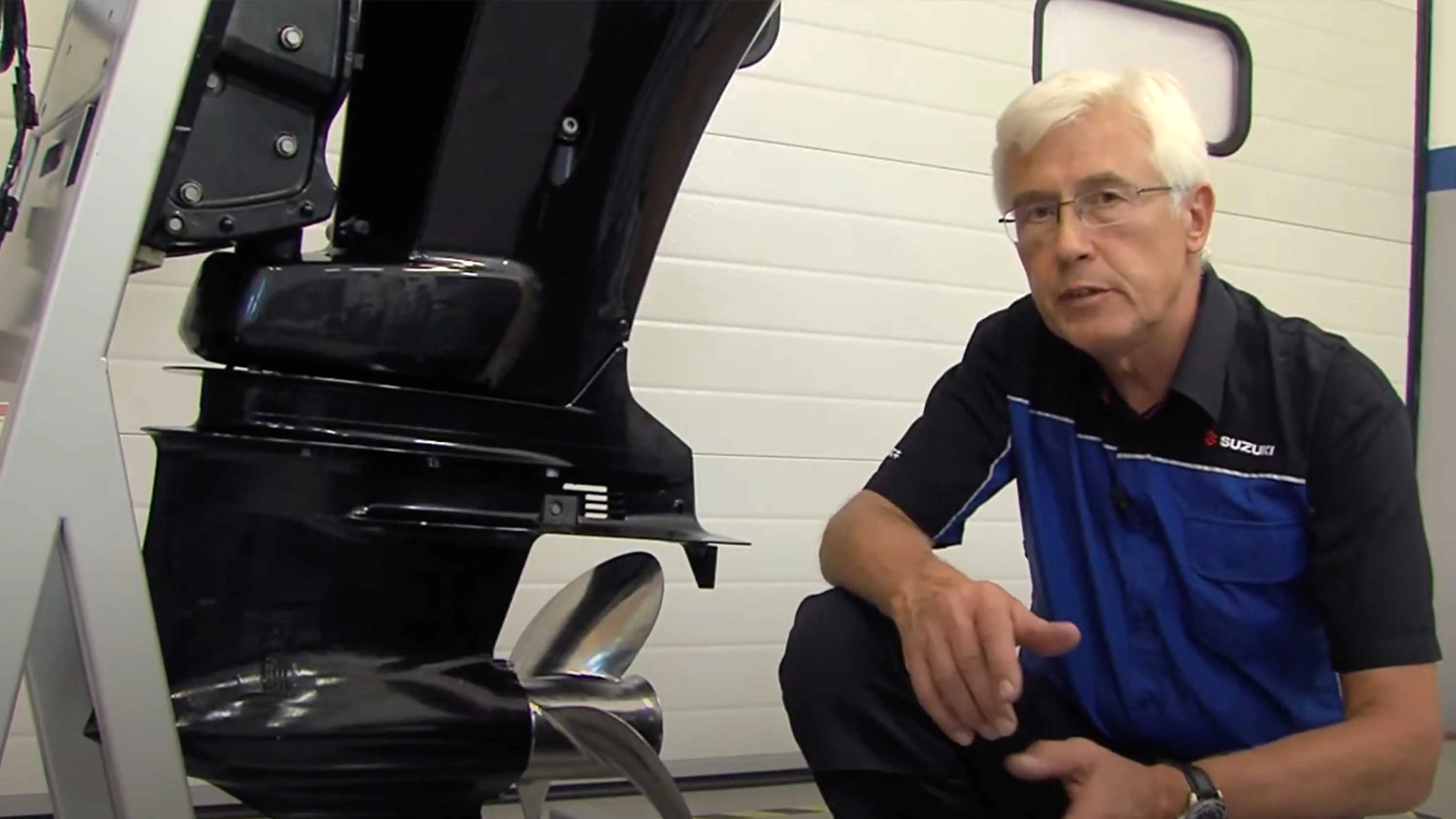
Propeller Maintenance Video - Portable Range (2.5HP - 30HP)
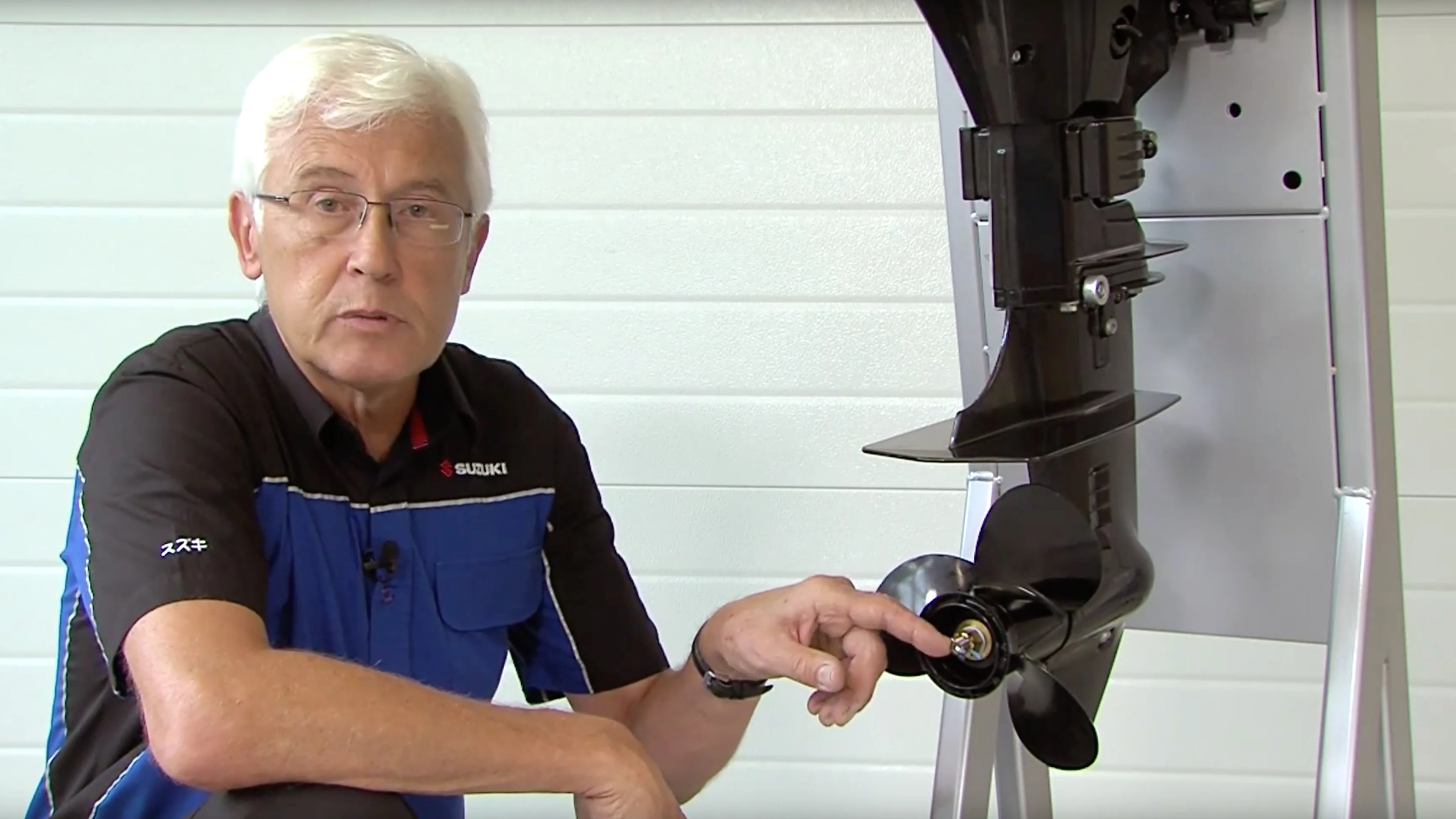
Looking for information on how to care for your Suzuki Outboard, including hints and tips, warranty and servicing your outboard.
As Suzuki built your outboard motor, you can trust us to know all there is to know about servicing and maintaining your engine.
Whether you're replacing a part or looking for branded merchandise you can buy genuine parts and accessories at our online shop.
FIND A DEALER
Use the dealer search facility to locate your nearest dealer by either entering a postcode or location.

